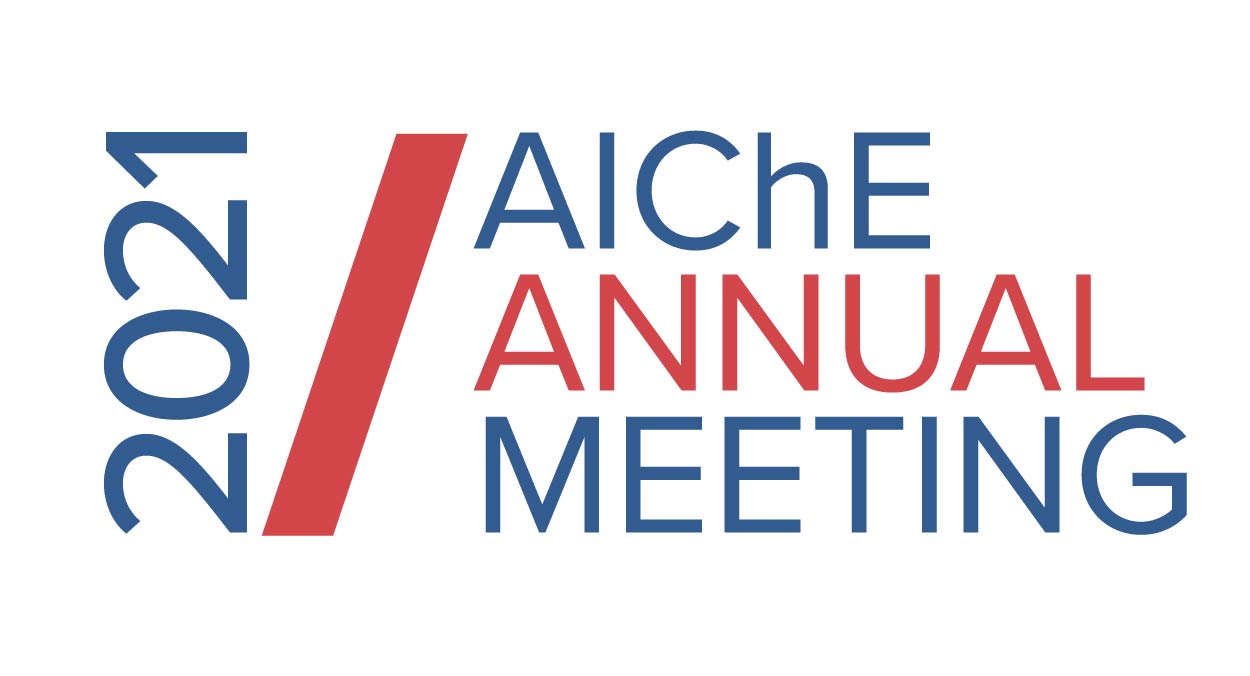Strong metal−support interaction (SMSI) is a phenomenon commonly observed on noble metal nanocatalysts supported on reducible oxides. In this study, found direct evidence of SMSI between noble metal nanoparticles (viz. Pt, Pd, Ag and Au) and 2D titanium boride (TiB
2), and their catalytic consequences for aqueous phase formic acid dehydrogenation (Fig. 1 a-f). Upon thermal treatment, the TiB
2 overlayers migrate over the noble metal nanoclusters, encapsulating them to form core-shell nanostructures that are sintering-resistant up to 800 ℃ at metal loadings as high as 12.0 wt%. The prepared TiB
2-based catalysts were tested for the aqueous dehydrogenation of formic acid at room temperature, with the TiO
x-terminated TiB
2 surfaces serving as the active sites. In contrast to the trade-off between stability and activity observed during conventional SMSI, TiB
2-based SMSI concurrently increases stability while promoting catalytic turnovers of formic acid dehydrogenation.
We optimize the thickness and coverage of the TiB2 overlayer by changing the pre-treatment temperature. We show that Pt covered by a monolayer of TiB2 displays an outstanding hydrogen productivity of 13.8 mmol g-1cat h-1 in 10.0 M aqueous solution without any additive or pH adjustment, with >99.9% selectivity towards CO2 and H2 (Fig. 1g). The origin of the SMSI-induced improvements in catalytic activity is systematically investigated by complementary experiments and DFT calculations. Theoretical studies also suggest that the TiB2 overlayers are stabilized on different transition metals through an interplay between covalent and electrostatic interactions (Fig. 1h). Overall, the computationally determined trends are wholly consistent with the experimental results. The present research introduces an entirely new means to create thermally stable and catalytically active metal/support interfaces for scalable chemical and energy applications.
Reference
Li et al. (in revision), 2021.




